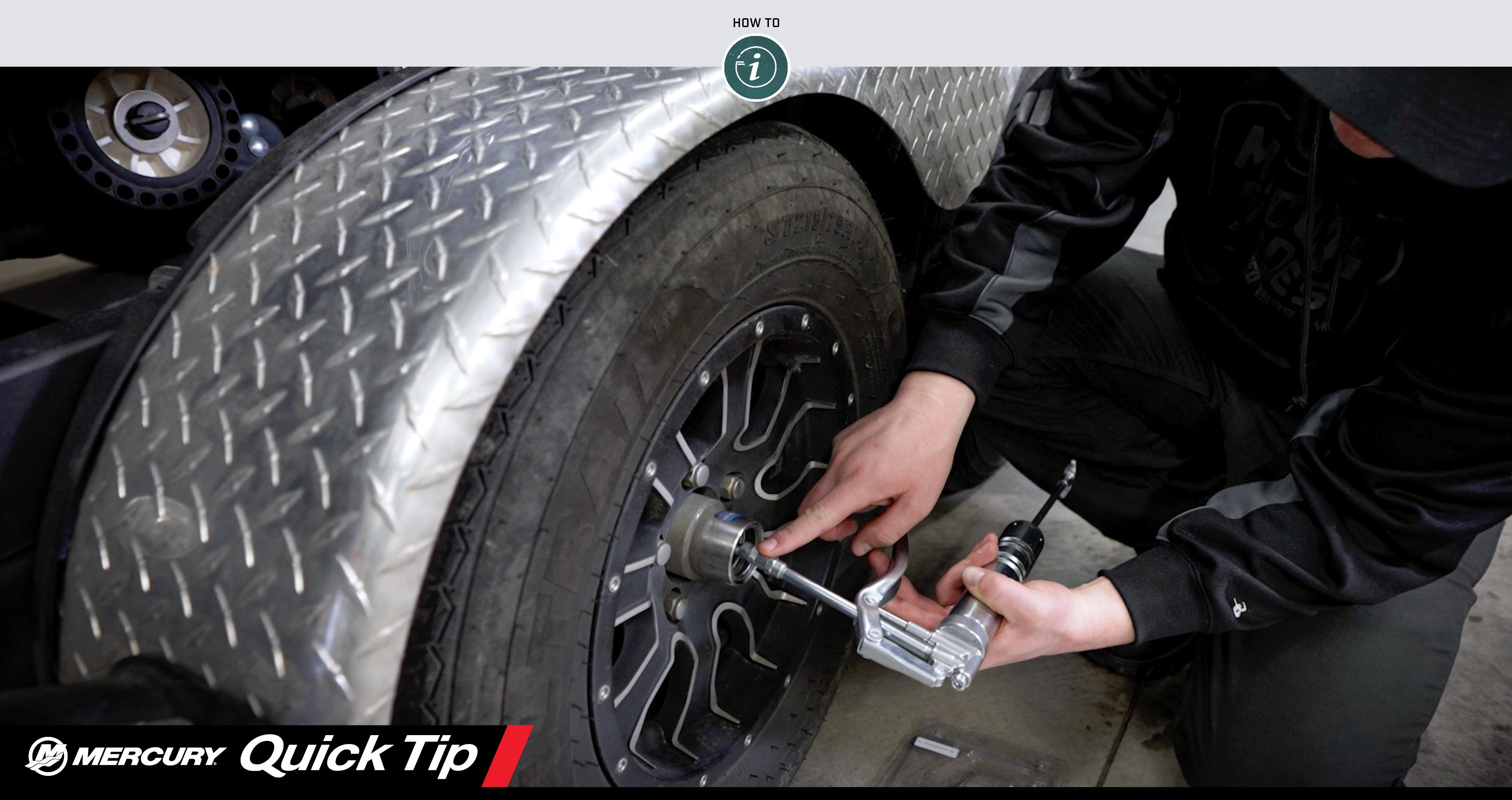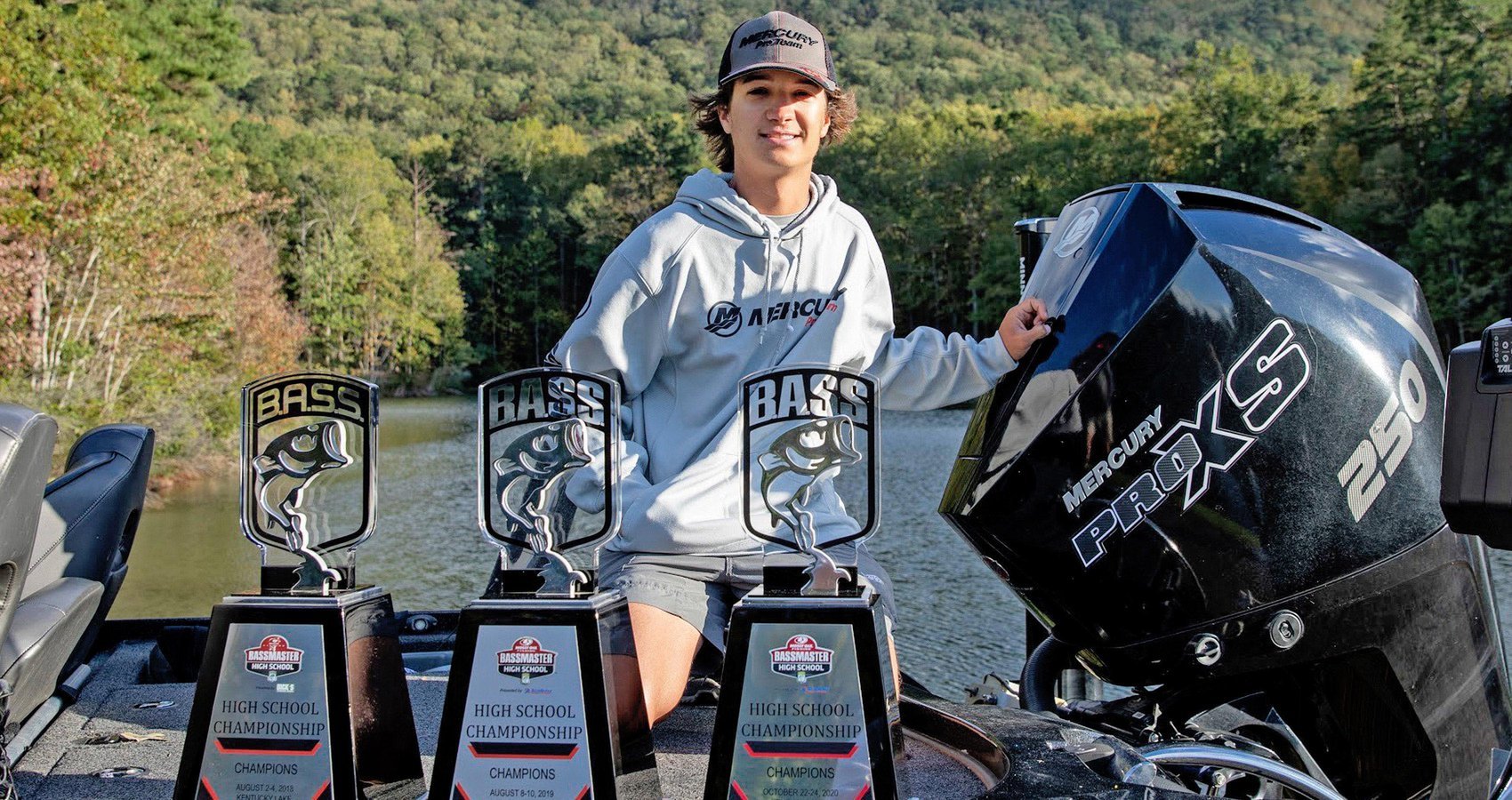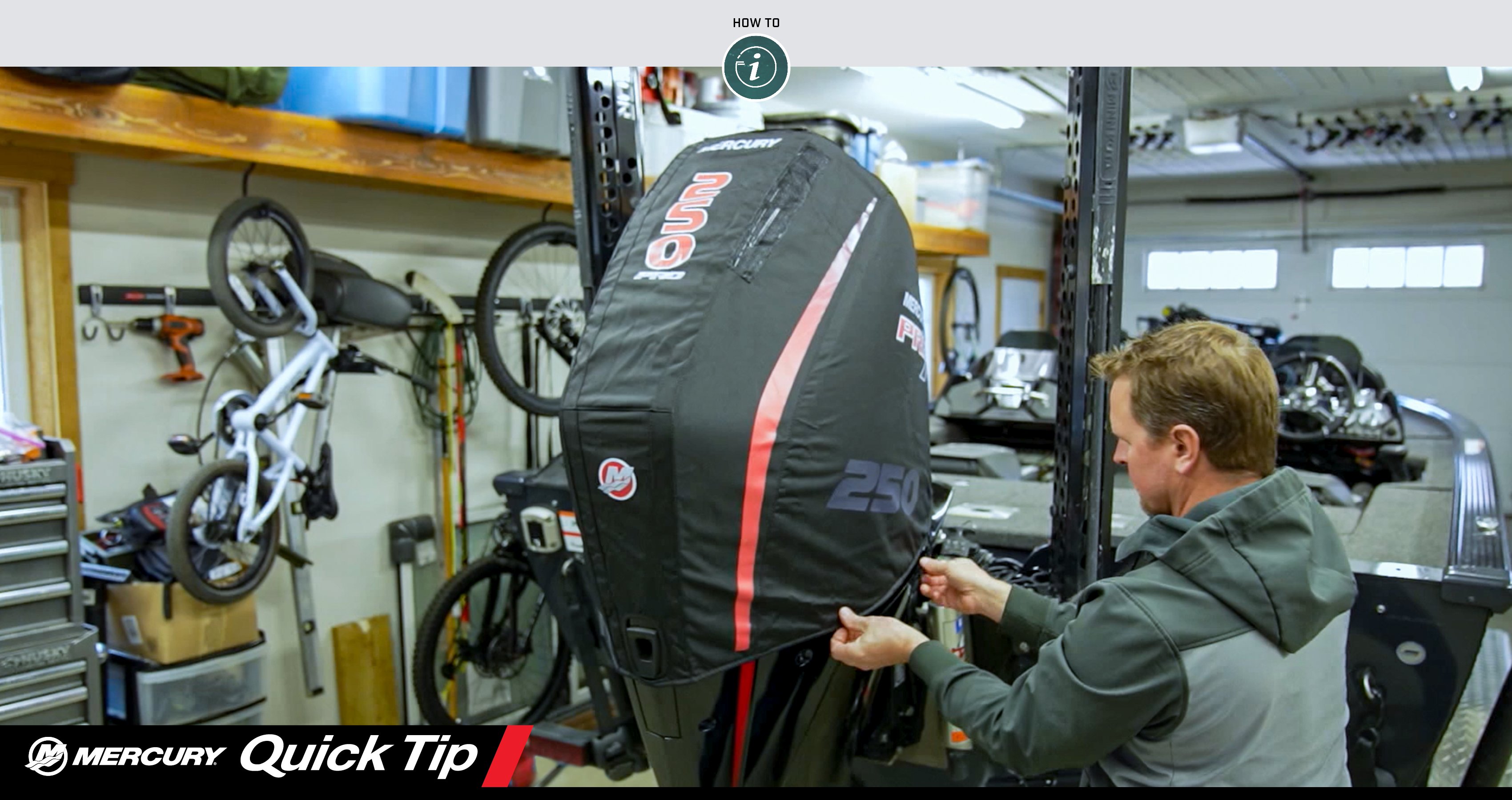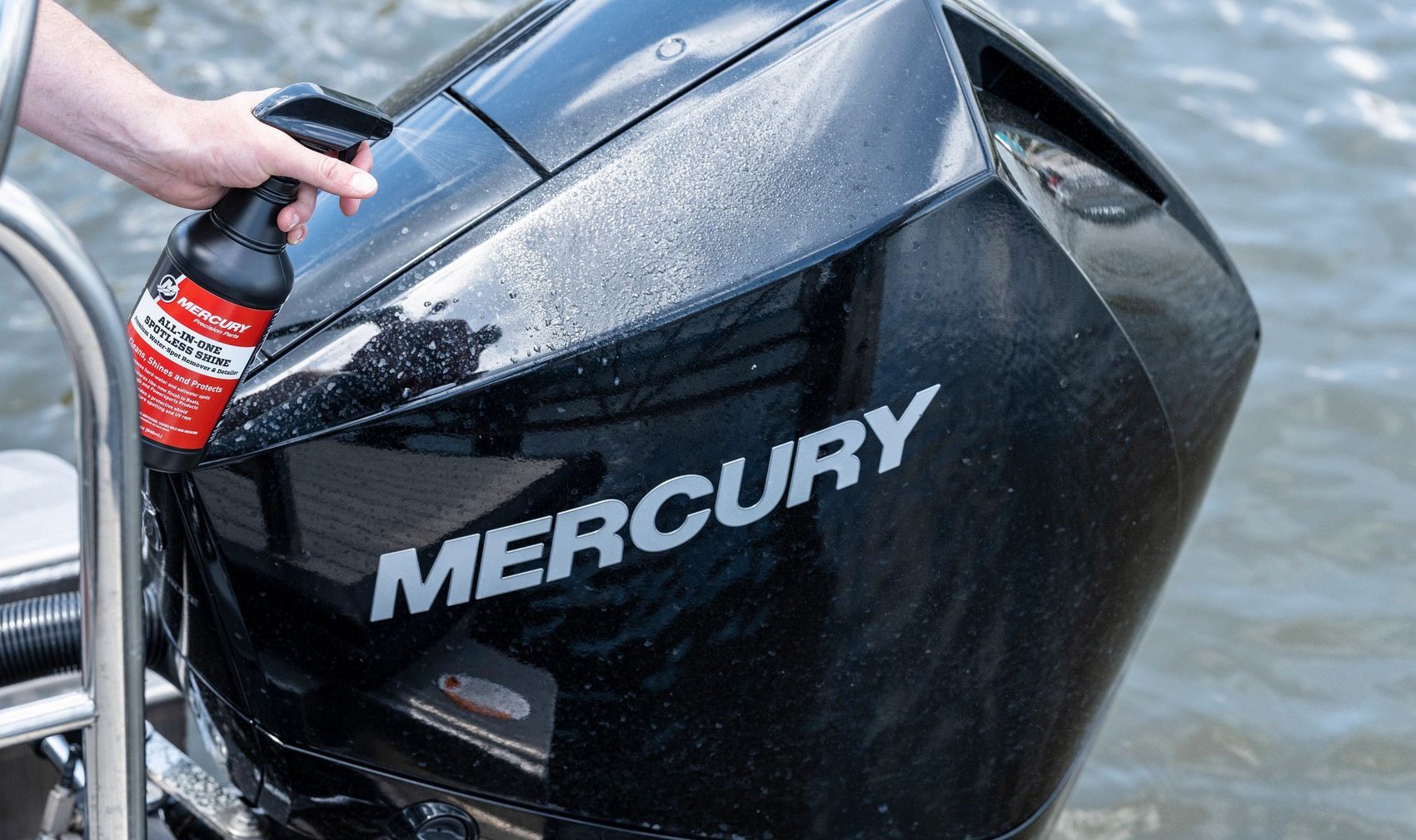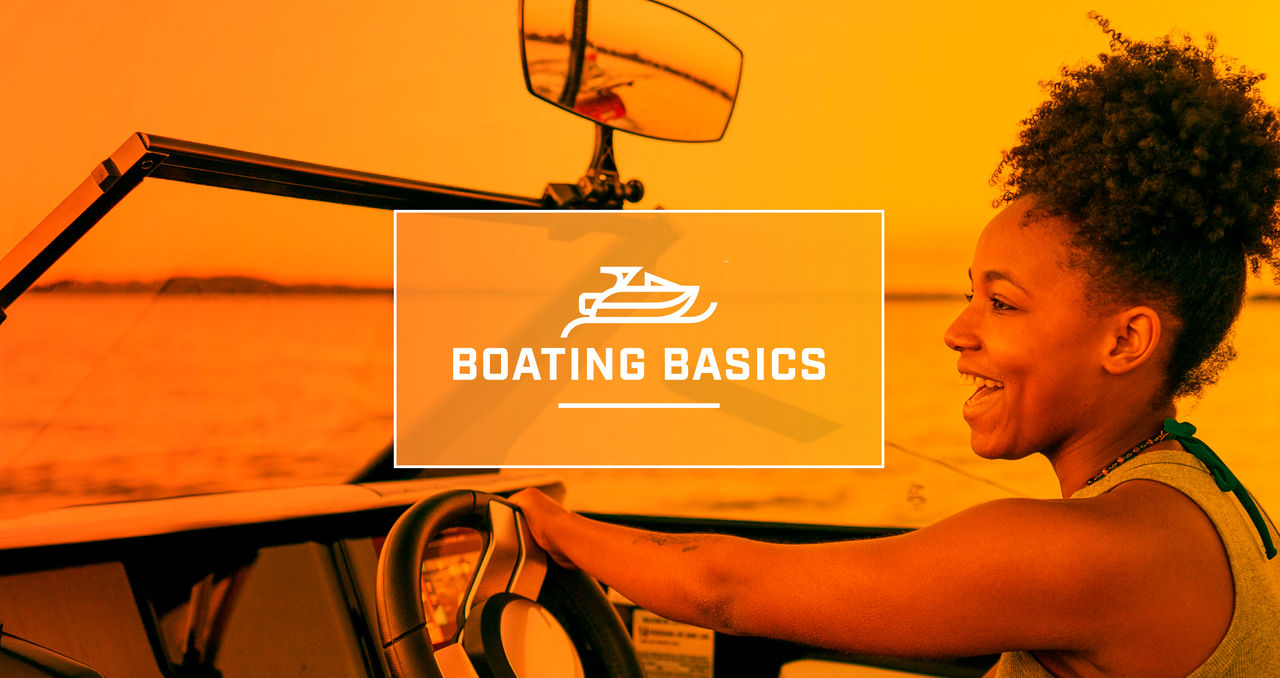The Tow Sports Boating Basics video series was created to get you ready to ride. With expert advice from Mercury-powered pro wakeboarders Carro Djupsjö and Dylan Miller, each video in the series will help you grow confidence on your journey in wakesurfing or wakeboarding.
Since it was created in 1985, wakeboarding has exploded in popularity. In 2017, research showed that more than 3 million people enjoyed the sport in the United States, compared to 3.57 million for water skiing, which has been around since the 1920s.
That means you’re likely to be towing wakeboarders as well as water skiers on a lake or river near you. As these are two different sports, your experience driving the tow boat will be a little different as well. Here are seven steps from professional wakeboarders Dylan Miller and Carro Djupsjö that will have you pulling wakeboarders with confidence.
1. Review Your Pre-Tow Checklist
As with any tow sport, you’ll want to start the outing with a run-through of your pre-tow checklist:
- Attach your engine’s emergency cut-off switch (ECOS) to you.
- Make sure your rider is wearing a U.S. Coast Guard-approved life jacket that is appropriate for watersports.
- Correctly position the boat’s wheel and seat, as well as the rearview mirror, if there is one, to make sure you’re ready to drive comfortably.
- Choose a dependable spotter and review all the basic hand signals with them and your rider. You can learn the hand signals in the video below.
2. Position Your Rider
Once your rider is in the water, make sure they are a safe distance from the boat – roughly 10 feet back. Then start the engine and, if you have it, engage the Mercury Smart Tow® system.
“Smart Tow can set and maintain cruise speed, letting you consistently create the perfect conditions for wakeboarding,” Djupsjö said.
3. Understand the Right Speed for Your Rider
A common misconception is that wakeboarding requires high speeds. According to Miller, that is not the case. Wakeboards have a large surface area compared to water skis, so they don’t require as much speed.
“Most professional wakeboarders go somewhere between 21 and 23 mph,” Miller said. “If you’re pulling a beginner rider, we suggest starting around 15 mph.”
The right speed also depends on the rider’s age and size. For example, a youth rider who weighs less than 100 pounds likely can wakeboard at just 12 mph.
Good news for beginners: Lower speeds mean softer impact when they fall – and a more enjoyable experience while learning.
4. Launch Successfully
Some boats will idle faster than others. That means you might need to shift in and out of gear to control your speed as you move forward and eliminate slack from the tow rope.
As the rope gently tightens, make sure your rider is in a straight line behind the boat and point the bow in the direction you want to go. When the rider signals “OK,” put the boat in gear and accelerate at a consistent rate.
The right pace of acceleration will make a big difference for the rider. You want to accelerate quickly enough that you eliminate excessive drag, but not so fast that the rider feels uncomfortable.
If you have the Smart Tow system, you can use preset launch profiles that enable you to deliver the perfect starting speed every time. And you’ll be able to maintain consistency on the throttle while underway, which is important for a good rider experience.
“If your boat isn’t equipped with Smart Tow, no need to worry,” Djupsjö added. “The more you practice, the better you’ll get.”
5. Be Aware of Your Surroundings
Ideally, once you choose a line, you will keep your boat on that course. Miller suggests choosing a distant landmark on shore to use as a point of reference. If the lake is busy, however, you might need to change your path to keep clear of other boats as much as possible.
6. Manage a Fall
If your rider falls, gradually pull back on the throttle and return to idle speed. Turn the wheel all the way in the direction you’d like to turn, leaving the boat in gear.
Once your boat is pointed back toward the rider, head toward them while keeping your speed at 5 mph or less, which will mean fewer waves and better water conditions for everyone. As you approach the rider, slow down to idle speed and keep the rider to starboard (the right side of the boat) while staying at least 10 feet away. You want to be able to see them from the driver’s seat.
Once you pass the rider, turn to the right and shift in and out of gear to minimize speed as you bring the tow rope to them.
7. Dial in the Details
This is a good time to check in with your rider to get their feedback on speed and acceleration. If they didn’t feel comfortable, you can make adjustments for the next ride.
Then slowly idle until the rope is tight, making sure the rider doesn’t get tangled in the process, and you’re ready to launch again.
“Towing a wakeboarder comes with some extra responsibilities,” Djupsjö said. “And like all things, the more you do it, the more comfortable it will feel. Just be sure to keep a safe distance from other boats and maintain good communication with your spotter to ensure a safe and fun boating experience for everyone.”
